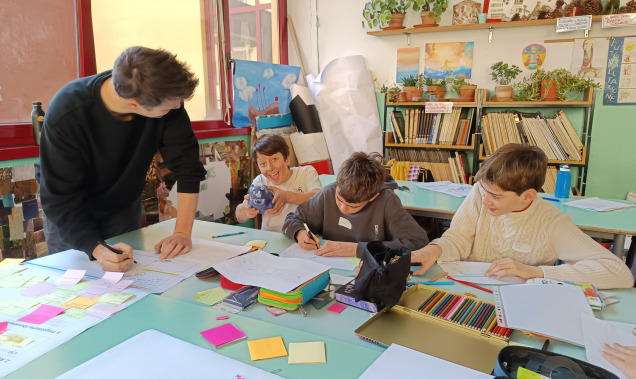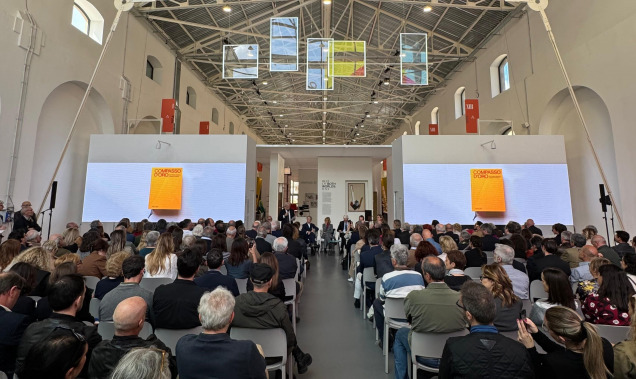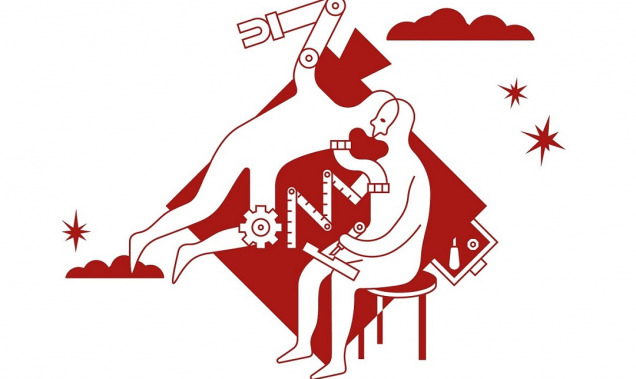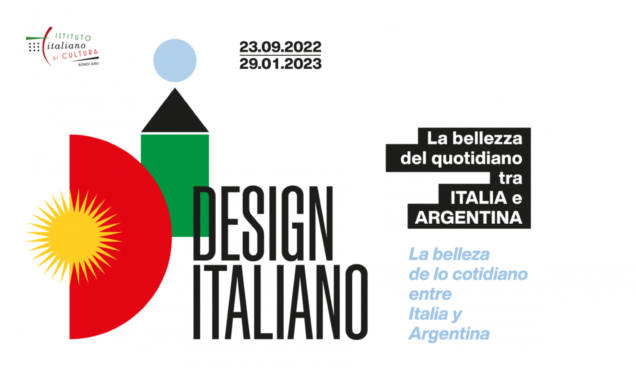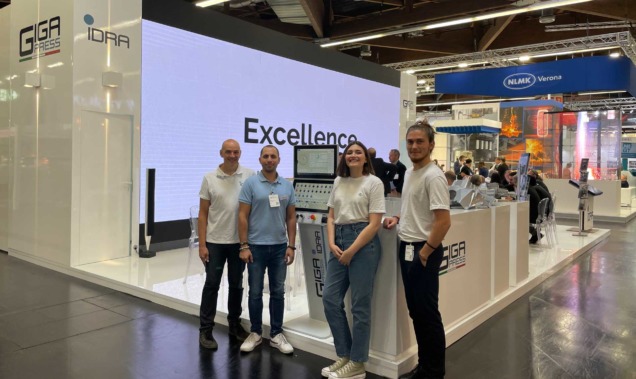Q&A with Interaction Week 2020’s Co-Chair Julie Blitzer
IxDA’s Interaction Week 2020 takes place in Milan next week, and our very own Digital User Experience Manager Julie Blitzer is Co-Chairing it along with Andrea Pedrina. We asked Julie about what she has in store for us.
You’re co-chairing IxDA’s Interaction Week that’s coming to town. What should we expect?
Now in its 13th edition, Interaction Week is an annual gathering for the practice of interaction design that takes place in a new host city each year. We will be welcoming over 1000 design and technology leaders from around the world for a series of events and conferences, each with a different focus. Northern Italy played an important role in the early days of the growth of this field thanks to the now-closed Interaction Design Institute Ivrea, where Arduino was invented, and the Domus Academy Research Center. Interaction 20 is an opportunity for us to show that the digital design community here in Milan is still thriving, and actually growing 20 years later.
Your theme is ‘A new dawn’. What does that mean to you?
Interaction design used to be considered niche, even something on the fringes. When I first attended the Interaction conference in 2010, I discovered a community of peers who spent much of their energy defining what we do and how to get key stakeholders to recognize our value. Today, however, interaction design is pervasive in our culture and society through connected objects, spaces and new technologies. As we enter this new era, we as designers must reconsider our role and rise to the challenge of multidisciplinary collaboration–with other design disciplines, technologists and even other professions.
What can design do to build a better future and tackle the challenges ahead?
This is exactly the question we had in mind when curating this year’s program. The three days of the main conference each have a theme that responds to this question on a different level. Wednesday 5 February will be “Traversing the Unknown”: considering new technologies like robotics, artificial intelligence, and mixed reality experiences, alongside reflections on our cultural and societal impact. Thursday will showcase solutions to “wicked” problems like sustainability, mobility and health. Friday will focus in on how interaction designers work with new tools and methods attendees can apply to their projects.
What from your day job at DGI as Digital User Experience Manager do you bring to the table as the co-chair?
At DGI, I often work on projects with multiple touchpoints, or the digital experience considering its role in the context of a greater service. Projects here have taught me how to be nimble–move from the most micro of details, such as where we place a button on the screen, all the way up to the most macro, such as the role of banking in someone’s daily life. For Interaction 20, we’ve designed each individual moment, but we have guided our conference planning team with a shared vision and principles for what the conference experience should be. These skills I am honing at DGI have definitely been useful for what is perhaps one of the largest projects of my career thus far – designing a series of events for my peers.
What are the themes, talks, and topics that you most look forward to?
The hardest part for me will be choosing which of the breakout tracks to follow, after having played a role in selecting so many of them with our Program Directors. Of the keynotes, I cannot wait to hear from Adeola Enigbokan. She is a professor in environmental psychology and urban sociology. Enigbokan will share lessons from her recent work, exploring how design methods and research can best consider the impact of our work on culture and urban centers.
Another talk that stood out is “Saving the planet starts with a farmer” from Simone Sala. Sala holds degrees in computer science and agriculture. His talk will be an appeal to the interaction design community to help shape the future of digitalization in agriculture, as a way to promote sustainable farming and small business. At DGI we regularly work on digitalization of industry and I would be incredibly curious to see how we could apply our learnings to agriculture, considering Italy’s culinary and farming heritage.
Originally from New York, Julie Blitzer has been living and working in Milan for over six years. She holds a Masters degree in Interaction Design at Domus Academy, and works at DGI on projects for digital experiences, including connected devices, services, mobile applications, websites, and interactive installations, as well as digital strategy consulting. You can see some of the projects she’s worked on here.
